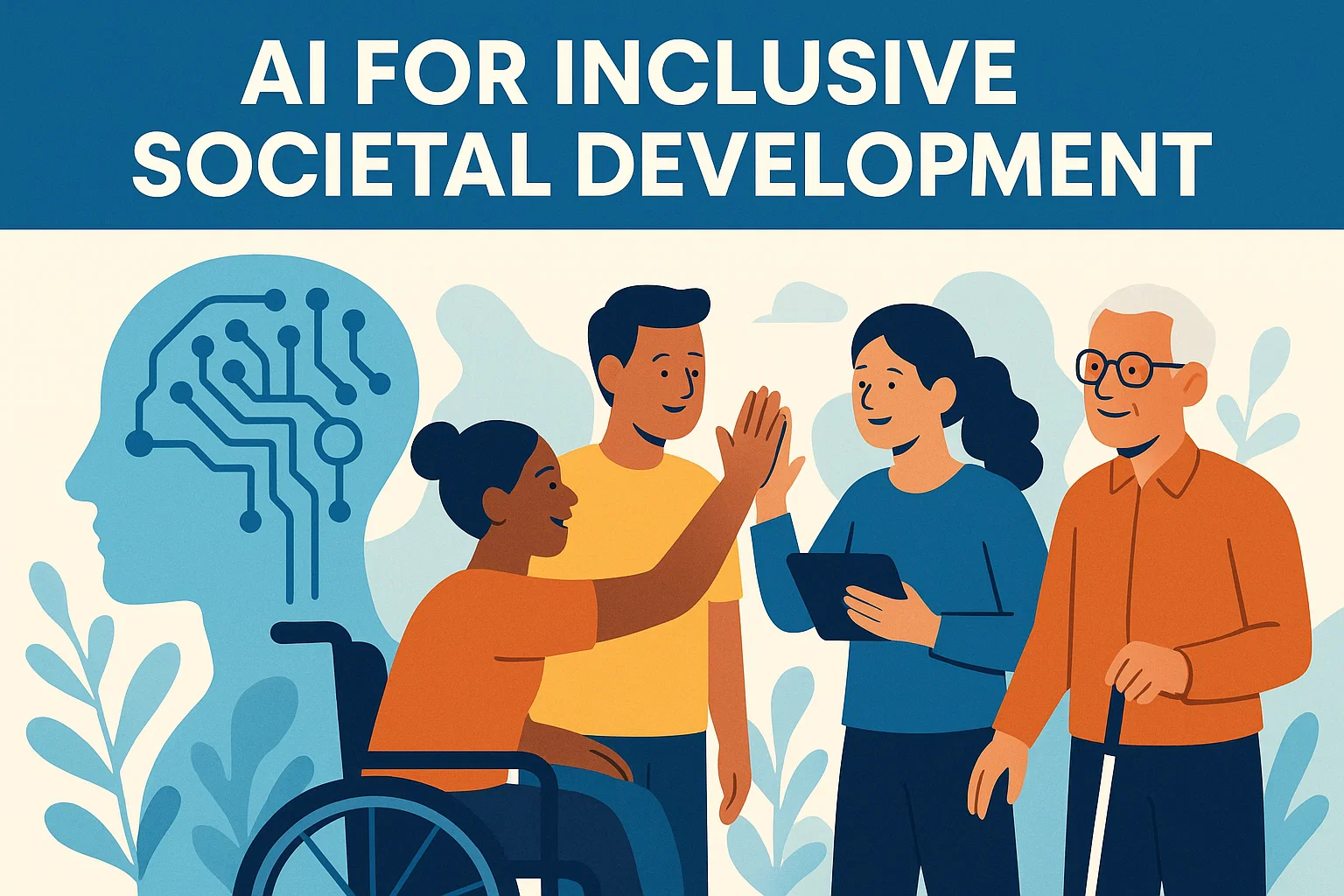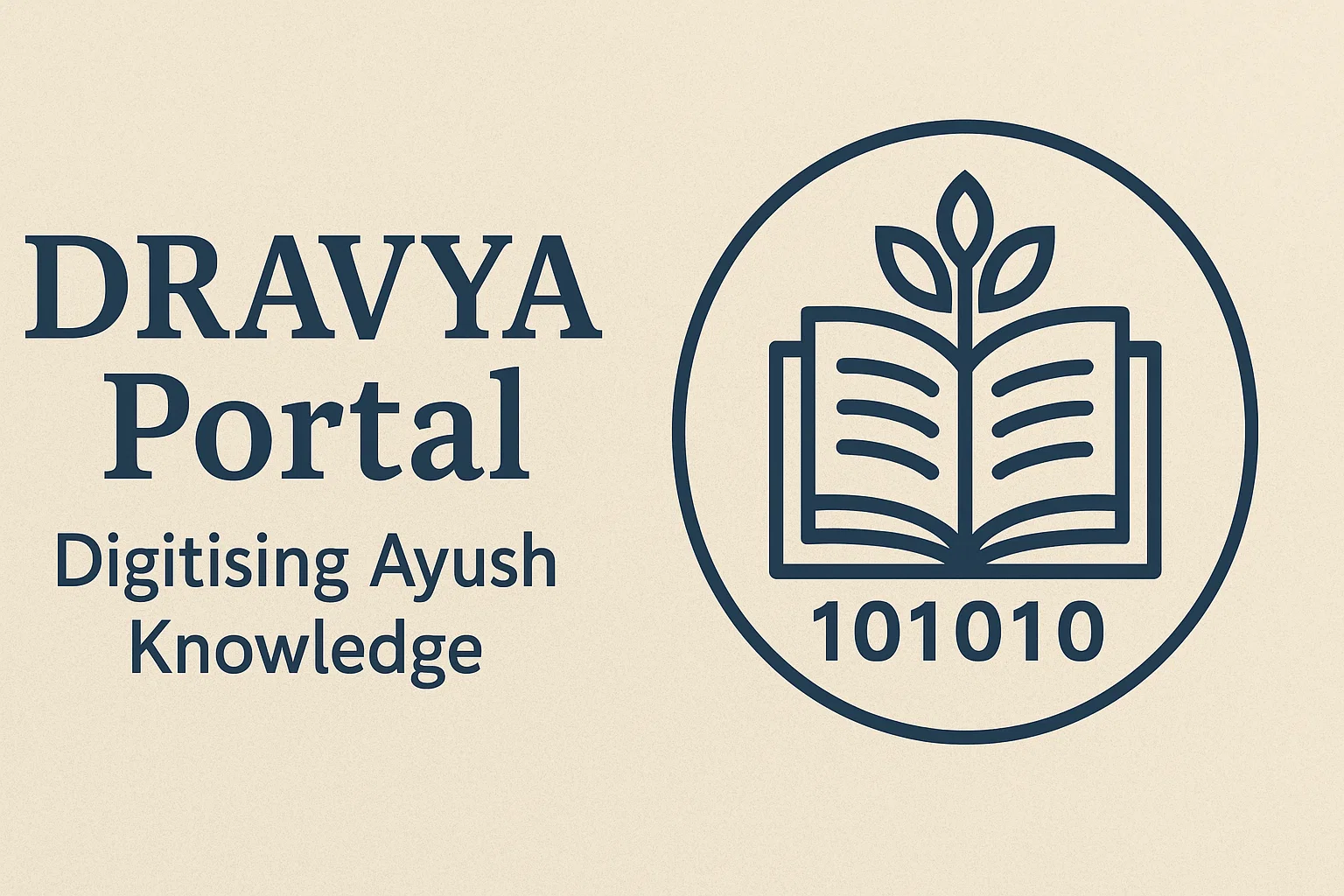Ancient History Syllabus Overlap in GS and Optional Papers
Explore the detailed Ancient History syllabus overlap between UPSC GS Paper I and History Optional Paper I. Boost your GS Score & History Optional strategy with aligned preparation, key topics, and syllabus integration for UPSC aspirants.

Introduction
The UPSC Civil Services Examination is renowned for its extensive syllabus and complex structure. Among its many components, history — particularly Ancient Indian History — plays a vital role in both General Studies (GS) Paper I and the History Optional paper. Many aspirants often overlook the strategic advantage that lies in this syllabus overlap, especially when preparing for both sections simultaneously. With the right approach, this overlap can significantly boost both GS History UPSC performance and the history optional, making the preparation more efficient and rewarding.
Understanding the Role of Ancient History in UPSC Exam
Ancient History forms a core part of Indian heritage and civilization studies. It provides the foundation to understand India’s socio-political and cultural evolution. It is important for:
- GS Paper I (Mains) under the history section
- Prelims (factual aspects of ancient history)
- History Optional paper (analytical and interpretative)
Despite being a static subject, its interpretation and application in the context of UPSC demand critical understanding and answer writing skills. That’s where upsc history gs syllabus and optional topics begin to interlink.
GS Paper I and Ancient History: What’s Covered?
In GS Paper I, the history gs syllabus for upsc specifies ancient history in a broad sense. The focus is on key developments, including:
- Prehistoric cultures and Indus Valley Civilization
- Vedic period and Later Vedic society
- Jainism and Buddhism
- Mauryan and Gupta empires
- Sangam age and early kingdoms
- Indian culture, art, architecture, and literature
- Science and technology in ancient India
These areas are relatively factual in the GS syllabus. The questions generally aim to test awareness of key events, philosophies, and contributions to Indian heritage.
UPSC expects concise, clear, and well-organized answers in GS. The gs history upsc syllabus doesn’t demand deep historiographical debates, which are expected in optional papers.
History Optional and Ancient History: In-depth Scope
The History Optional subject provides a deep-dive into Ancient India. The syllabus expands to cover:
- Sources of ancient Indian history (archaeology, inscriptions, coins, literature)
- Historiography and debates (e.g., Aryan invasion theory, state formation)
- Society, economy, polity, and religion across dynasties
- Regional variations and lesser-known dynasties
- Art and architecture in greater detail (cave temples, sculptures, paintings)
- Philosophical schools and literary traditions (Sankhya, Mimamsa, etc.)
- Interactions with foreign cultures (Greeks, Romans, Central Asians)
Compared to GS, the gs score history optional questions expect analytical depth, arguments, and references to historians or archaeological findings.
Syllabus Overlap: A Comparative Analysis
To help aspirants clearly visualise the extent of overlap, here’s a side-by-side breakdown of Ancient History topics that appear in GS Paper I (Mains) and History Optional Paper I.
| Theme/Topic | GS Paper I | History Optional – Paper I |
| Sources of Ancient Indian History | Not explicitly mentioned but useful for framing GS answers | Literary, archaeological, epigraphic, and numismatic sources; debates on historiography |
| Prehistoric Cultures | Basic understanding of Paleolithic and Neolithic cultures | Detailed study of tools, art, settlements, and transitions |
| Indus Valley Civilization | Key features of town planning, economy, and decline | Detailed aspects like religious practices, trade networks, social hierarchy, and debates |
| Vedic Culture (Early and Later Vedic Age) | Overview of Vedic society, economy, and polity | In-depth analysis of Vedic texts, tribal to state evolution, changes in society and economy |
| Religious Movements (6th Century BCE) | Basic doctrines of Jainism and Buddhism | Evolution, causes, impact, councils, schisms, and philosophical schools |
| Mahajanapadas and Mauryan Empire | Polity, Ashokan edicts, administration | Rise of Magadha, Arthashastra, Ashoka’s Dhamma, decline of Mauryan Empire |
| Post-Mauryan Kingdoms | Cultural contributions, Indo-Greek influence | Indo-Greeks, Shakas, Kushanas, Satavahanas – polity, culture, trade, and administration |
| Gupta Age | Golden Age aspects – science, literature, polity | Rise and fall, feudalism debate, economy, cultural expansion, administration, numismatics |
| Post-Gupta Period | Early medieval trends, regional kingdoms | Vakatakas, Pallavas, Chalukyas, Rashtrakutas – administration, art, culture, conflicts |
| Art and Architecture | Highlights in temple architecture, sculpture, paintings | Schools of art (Gandhara, Mathura, Amravati), temple types, Ajanta, Ellora, Bhitari pillars |
| Science and Technology | Contributions of Aryabhata, Varahamihira, medical texts | Detailed developments across astronomy, metallurgy, mathematics, and surgery |
| Indian Philosophy and Literature | Introduction to key schools and texts | Orthodox and heterodox schools (Nyaya, Sankhya, Mimamsa, Buddhism, Jainism), Vedas, Puranas |
| Society and Economy | Caste system, agrarian structure, trade and commerce | Urbanization, land grants, taxation, varna-jati system, guilds, gender roles |
| Foreign Invasions and Cultural Impact | Overview of Indo-Greek and Central Asian interactions | Detailed analysis of cultural synthesis, trade relations, and art influences |
Key Takeaways from Overlapping Topics:
- Many of the core topics in GS are extensions or summaries of the detailed topics in Optional.
- GS Paper I focuses on broad understanding and contemporary relevance, while Optional Paper I demands depth, evidence, and historiographical perspectives.
- Preparing these topics deeply for Optional automatically strengthens GS answers, especially when trying to improve your gs score history optional strategy.
- Understanding debates (like feudalism, Aryan migration, urban decay) helps in enriching GS answers even if not explicitly required.
Smart Strategy: Using Overlap for Better GS Score and Optional Marks
Aspirants can benefit immensely by integrating their preparation for Ancient History. Here’s how:
- Build base from NCERTs and GS books first.
- Simultaneously prepare notes with optional-level references (R.S. Sharma, Romila Thapar).
- Use GS answers to master brevity, while optional answers should show depth.
- Integrate facts and sources (e.g., inscriptions) in both.
- Use common diagrams, maps, and timelines across both sections.
By aligning preparation, aspirants can save time, reinforce concepts, and enhance gs score history optional strategy.
Booklist and Sources that Work for Both
A single booklist can serve both GS and optional prep, especially for Ancient History. Here’s a suggested list:
- NCERT Class XI – Ancient India (RS Sharma)
- Old NCERT – Ancient India (Romila Thapar)
- India’s Ancient Past – R.S. Sharma (detailed and analytical)
- Facets of Indian Culture – Spectrum (for cultural topics)
- Tamil Nadu Board Class 11 History
- Nitin Singhania – for art and culture
- IGNOU BA History notes (for optional-level insights)
These books cover both history gs syllabus for upsc and optional demands.
Challenges in Managing Overlap
While the overlap is beneficial, there are some challenges aspirants must navigate:
- Depth vs Brevity: Struggling to adjust between detailed optional-style writing and brief GS answers.
- Redundancy: Over-preparing topics that are only marginally relevant to GS.
- Misalignment: Ignoring syllabus boundaries — writing an optional-style answer in GS can hurt marks.
- Current Affairs Integration: GS expects cultural relevance to modern issues, which optional may not focus on.
Being aware of these helps avoid common mistakes while using the gs score history optional advantage.
Conclusion: Make Overlap Work to Your Advantage
For serious UPSC aspirants, the syllabus overlap between GS and History Optional is a hidden gem. It saves time, deepens understanding, and reinforces content from multiple angles. By preparing strategically, using common sources, and adapting the answer style, aspirants can maximize their gs history upsc performance while strengthening their optional papers.
In a competition as intense as UPSC, every smart strategy counts — and leveraging this overlap is one of the most effective ones. Align your study plan today and let history optional GS scores soar along with your GS success.
Subscribe to our Youtube Channel for more Valuable Content – TheStudyias
Download the App to Subscribe to our Courses – Thestudyias
The Source’s Authority and Ownership of the Article is Claimed By THE STUDY IAS BY MANIKANT SINGH


